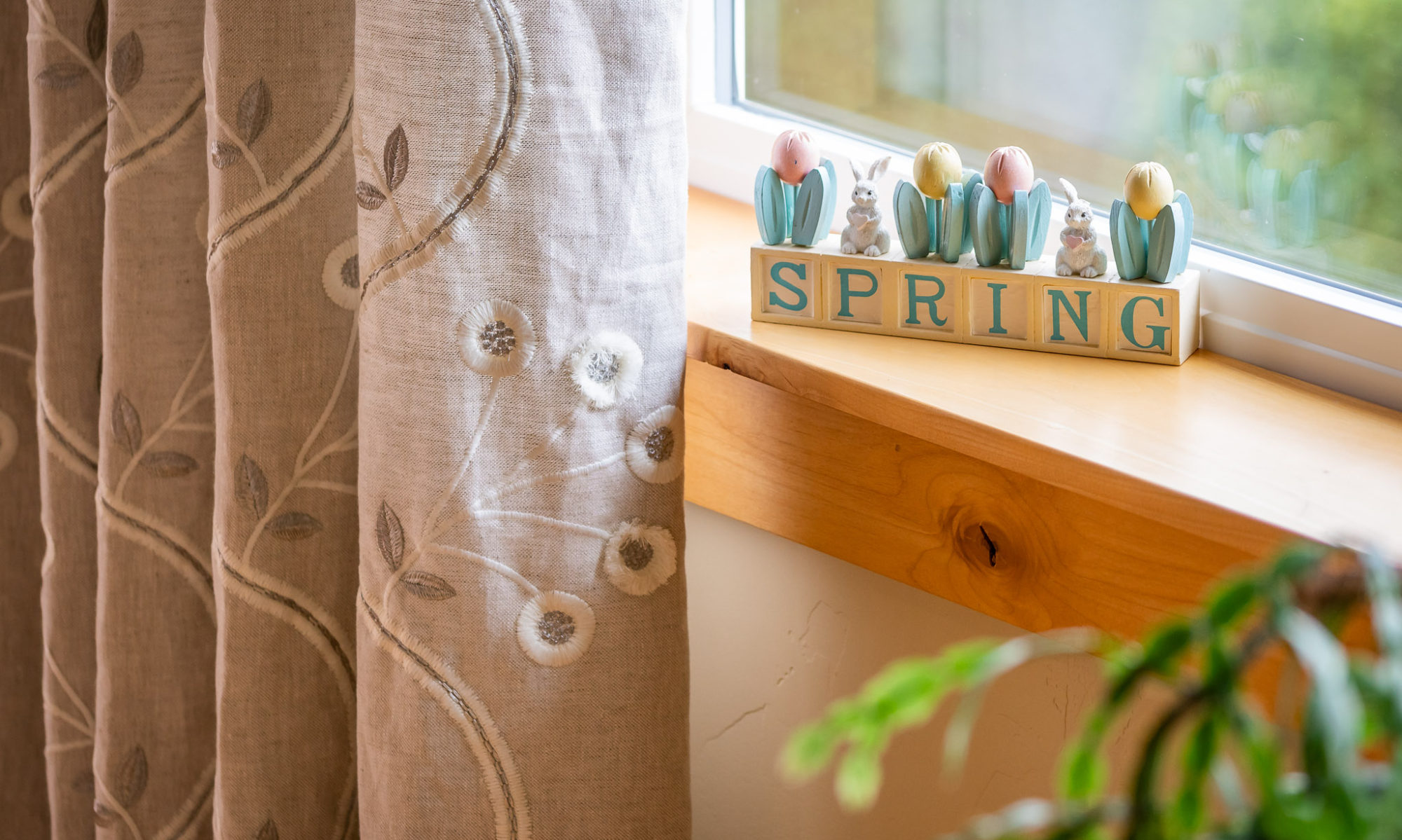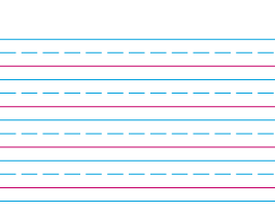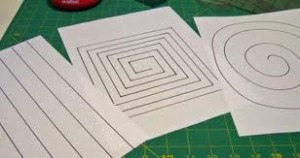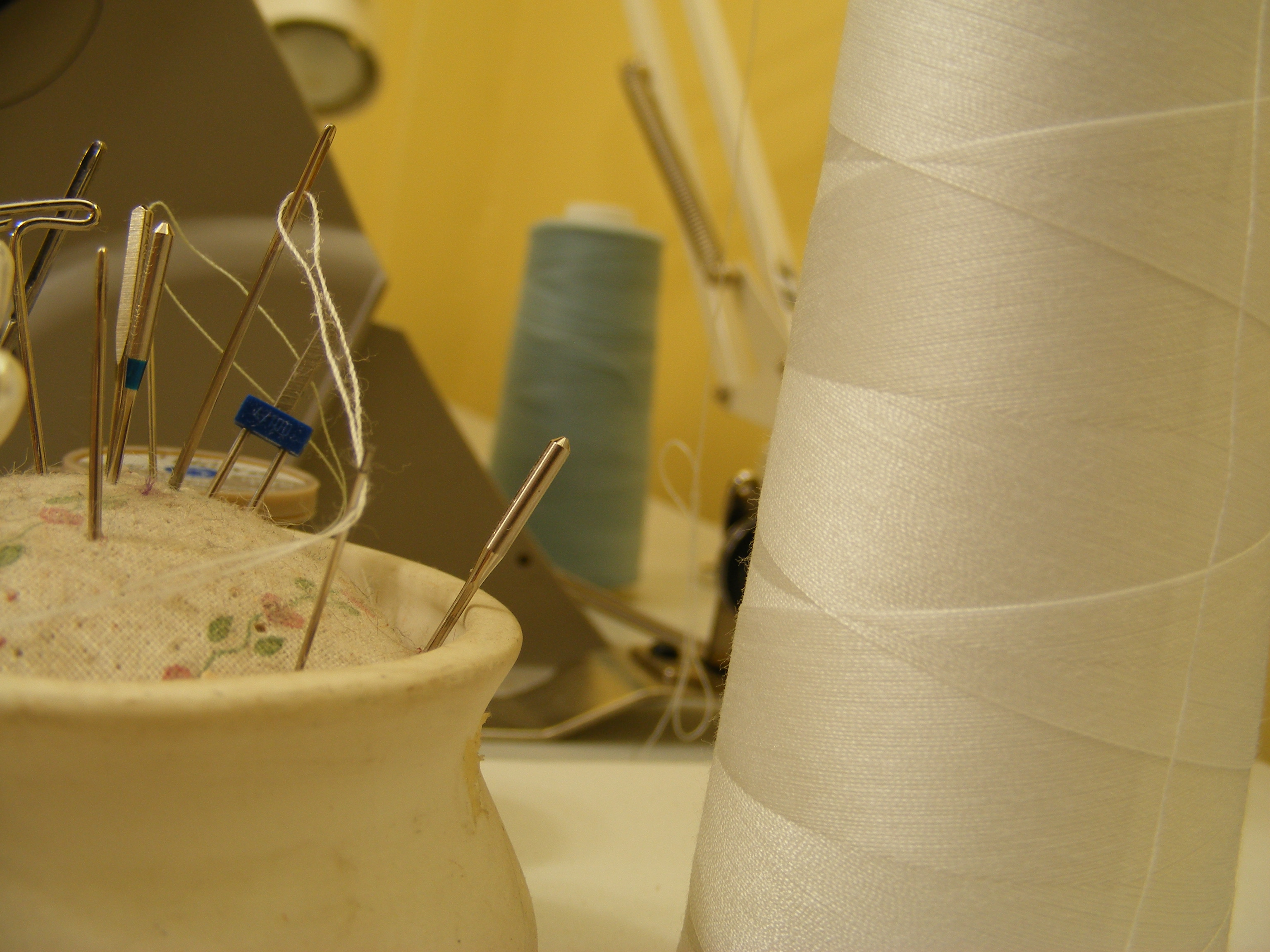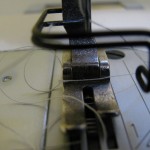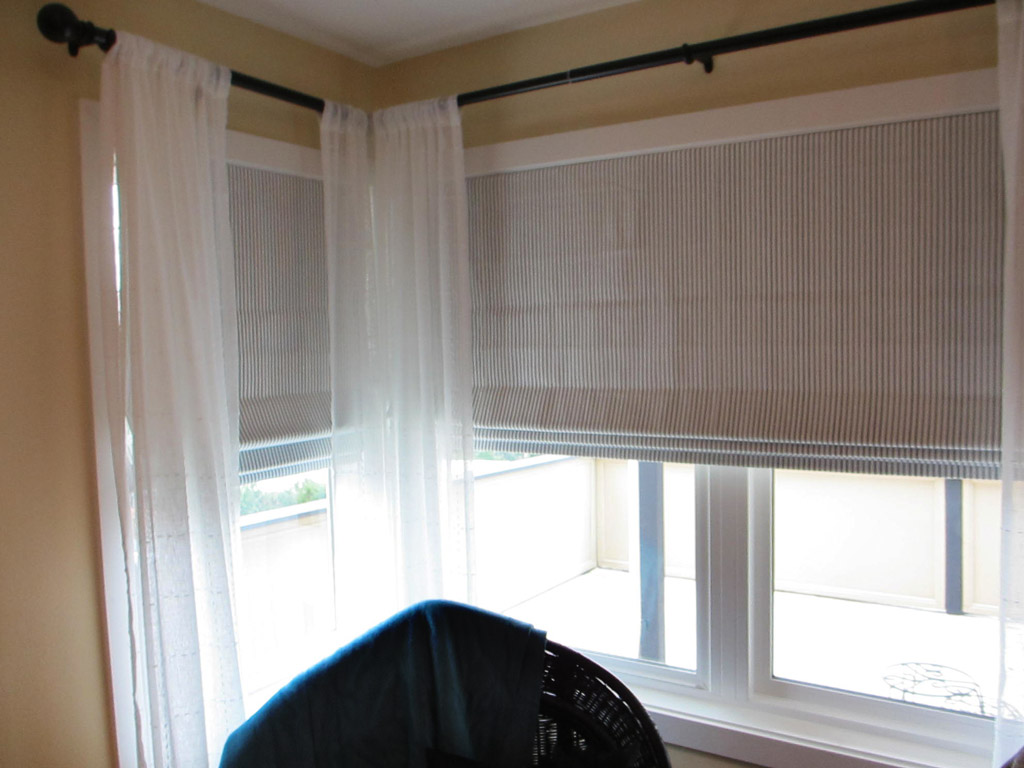I was walking past my neighbor’s house a few days ago. She was sitting on her porch enjoying the spring weather with a friend and her grandson. We took a few minutes to catch up on what was happening in our families when somehow sewing was mentioned. “You can sew?” she asked. I told her yes. She went on to tell me how she had a new machine, had intended to take lessons but was still a little intimidated. I reassured her that sewing was not as complicated or scary as she imagined. She had learned to set up her machine and thread it, but needed a simple way or place to start sewing. I told her my mother had me start on lined paper.
When you first begin to sew, controlling the speed and direction of your stitches is the first thing to conquer. Set up your machine, but don’t thread it. Leave the bobbin thread out also. Start with a basic sewing needle and a piece of lined paper. Practice sewing over the lines trying to stay on the line as best you can. Control the speed as you go. Start out slow and speed up as your stitches become more accurate.
When my children had a hard time controlling the foot pedal and keeping it slow and steady, I rolled a piece of batting and stuffed it under the pedal. This way they could push hard, but the pedal would not go all the way down and go too fast.
Once you feel you can follow a straight line accurately, you can then practice on another sheet of paper where you have drawn some curvy lines or large circles.
Before you start to practice on fabric, replace your needle with a new sharp needle. Save the old one and mark it, it may come in handy later.
